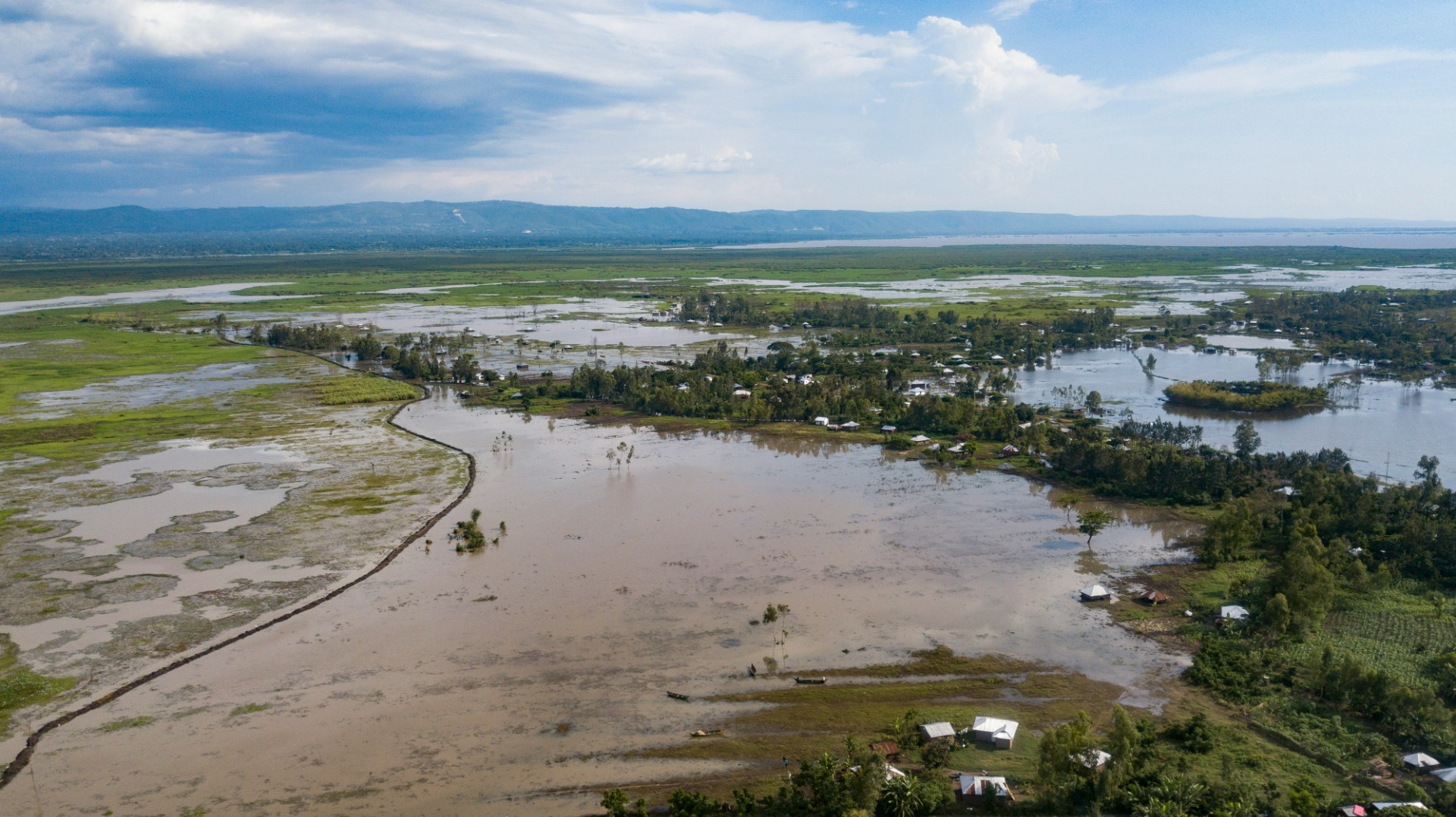
Mozambique economy Climate Change's Cost
Mozambique 2025 - Climate Change's Cost to GDP Growth: Investment in Resilience as an Economic Imperative
Mozambique's economy in 2025 operates under the looming threat of climate change, which poses an overwhelming drag on Gross Domestic Product (GDP) growth and actively reverses hard-won development gains. Ranked as the third most vulnerable country to climate change in Africa and one of the world's most vulnerable, the country is constantly exposed to recurring natural disaster shocks, including cyclones, floods, storms, and droughts.
This persistent environmental threat is more than an ecological concern; it is a profound macroeconomic risk that limits fiscal capacity and perpetuates fragility.
The Severe Economic Cost of Climate Shocks
The financial impact of recurrent extreme weather events on Mozambique is massive, compromising economic stability and deepening poverty.
Annual Losses and Cumulative Damage
While precise annual loss estimates fluctuate depending on the severity of specific events, the economic toll is consistently high. The average annual losses estimated at US$440 million due to floods alone underscore the perpetual drain on the economy.
More broadly, natural disasters have caused significant damage and resulted in cumulative economic damage of over 14 percent of GDP between 1992 and 2019. Climate change impacts, combined with security risks, were estimated to lower Mozambique's GDP growth by 1.5 percent in 2023–2025. Furthermore, without adaptation actions, climate change impacts could drive an ** additional 1.6 million people into poverty by 2050**.
Cyclone Chido and the 2025 Economic SlowdownT
The year 2025 began with the economy still reeling from adverse factors, including political unrest and recent climate-related shocks. The economic slowdown in late 2024 and early 2025 was primarily attributable to post-election protests and climate-related shocks, including Cyclone Chido and the El Niño phenomenon. The impact of these events, alongside supply chain disruptions, contributed to a decline in GDP growth to 2.2% in 2024.Major cyclones are historically the costliest single events:Cyclones Idai and Kenneth (2019) caused economic losses estimated at over $3 billion.Damage to critical infrastructure, such as schools, roads, bridges, energy, and water treatment facilities, has huge repercussions, eroding hard-won gains and hindering economic growth.
Cost-Benefit Analysis: The Economic Case for Resilient Infrastructure
Given the immense and recurring costs of climate shocks, Mozambique must shift its focus from ex-post recovery reconstruction to ex-ante resilience building. Studies using economic models, such as the Debt-Investment-Growth and Natural Disasters (DIGNAD) framework, consistently show that the benefits of investing in climate resilience substantially outweigh the costs.
Investment Costs and Benefits
Cost of Adaptation Investment (2030) The total investment needed until 2030 to achieve climate resilience of Mozambique's human, physical, and natural capital amounts to $37.2 billion.Cost of Inaction The cost of inaction is estimated to be higher than the cost of adaptation. One study suggests that Mozambique will lose 1.1 percent of its GDP every year due to the economic impacts of droughts and floods.CBA/ROI Ratio Investing in resilient infrastructure leads to long-run net gains, as the benefits of climate resilience interventions are found to outweigh capital and life cycle costs by 4 to 1.Private Sector ROI Adaptation requires an estimated 14.1 percent of its GDP in upfront private investment to adapt to flooding, yielding an internal rate of return of 8 percent.Macroeconomic Uplift Investing in adaptation infrastructure leads to higher real GDP compared to a "no-adaptation scenario".
The Value of Resilient Infrastructure
Investing in adaptation infrastructure mitigates losses in critical sectors that sustain the economy and the population.
Transport Infrastructure: Cyclones and floods frequently damage roads and other infrastructure, disrupting trade and supply chains. For instance, the 2000 floods cut national and regional roads, including the rail line to Zimbabwe, resulting in a decline in economic growth of 1 percent. Building resilience in road infrastructure—such as slope protection, improved drainage, and bridge protection works—is a priority. The use of a "build-back-better" approach aims to achieve higher climate resilience, durability, and lower maintenance costs.Agriculture:
The agricultural sector, which suffers from low productivity, climate vulnerability, and weak investment, is highly exposed to climate shocks. Inclement weather is expected to continue, with longer droughts and negative impacts on agriculture and agroindustry, particularly in the central and southern parts of the country. The uncertainty created by erratic rainfall disincentivizes agrarian households from investing in sunk costs like seeds and tools needed to improve productivity.
Fiscal Stability: Investing in resilient infrastructure, particularly when supported by grant financing, is key for enhancing debt sustainability and reduces the social cost of abrupt fiscal adjustments. Italy is supporting these efforts, confirming an investment of US$188 million in agriculture and climate resilience in Mozambique.
Financial and Bureaucratic Constraints
Despite the clear economic rationale for prioritizing resilience investment, Mozambique faces severe constraints in execution. The country is navigating a context of tight fiscal space, worsened by large revenue shortfalls and overspending. The current financial requirements have changed drastically due to external shocks, the COVID-19 pandemic, and the impacts of climate change.
Furthermore, accessing available global climate funds is hindered by administrative inefficiency. Government officials, such as Daniel Chapo, have called for "less bureaucracy" to ease access to climate funds at international forums like COP30.
The challenge of climate resilience in Mozambique is akin to a low-income household continually facing burglaries: while installing a high-tech security system ($37.2 billion adaptation investment) is clearly cost-beneficial in the long run (4:1 return), finding the immediate liquidity to afford the system is nearly impossible when every income shock (cyclone) requires spending all savings on emergency repairs and restocking the pantry. The economic solution requires not just acknowledging the long-term benefit, but mobilizing grant financing to bridge the immediate fiscal gap.